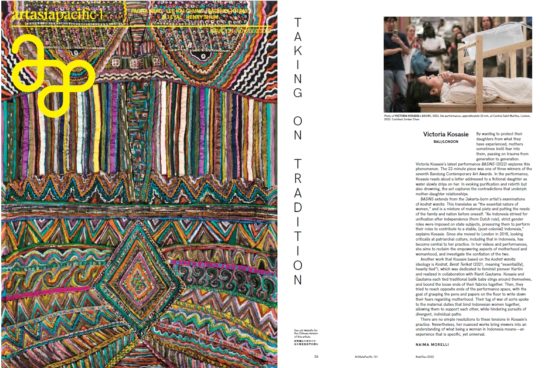
I have written about Indonesian emerging artist Victoria Kosasie – whose work I discovered thanks to the Bandung Contemporary Art Awards – for the November/December issue of ArtAsiaPacific.
Undoubtedly one of the most important magazines about contemporary art in Asia, writing for ArtAsiaPacific has always been a goal of mine since starting researching Southeast Asia more than 10 years ago. This is my second piece for them.
Read More
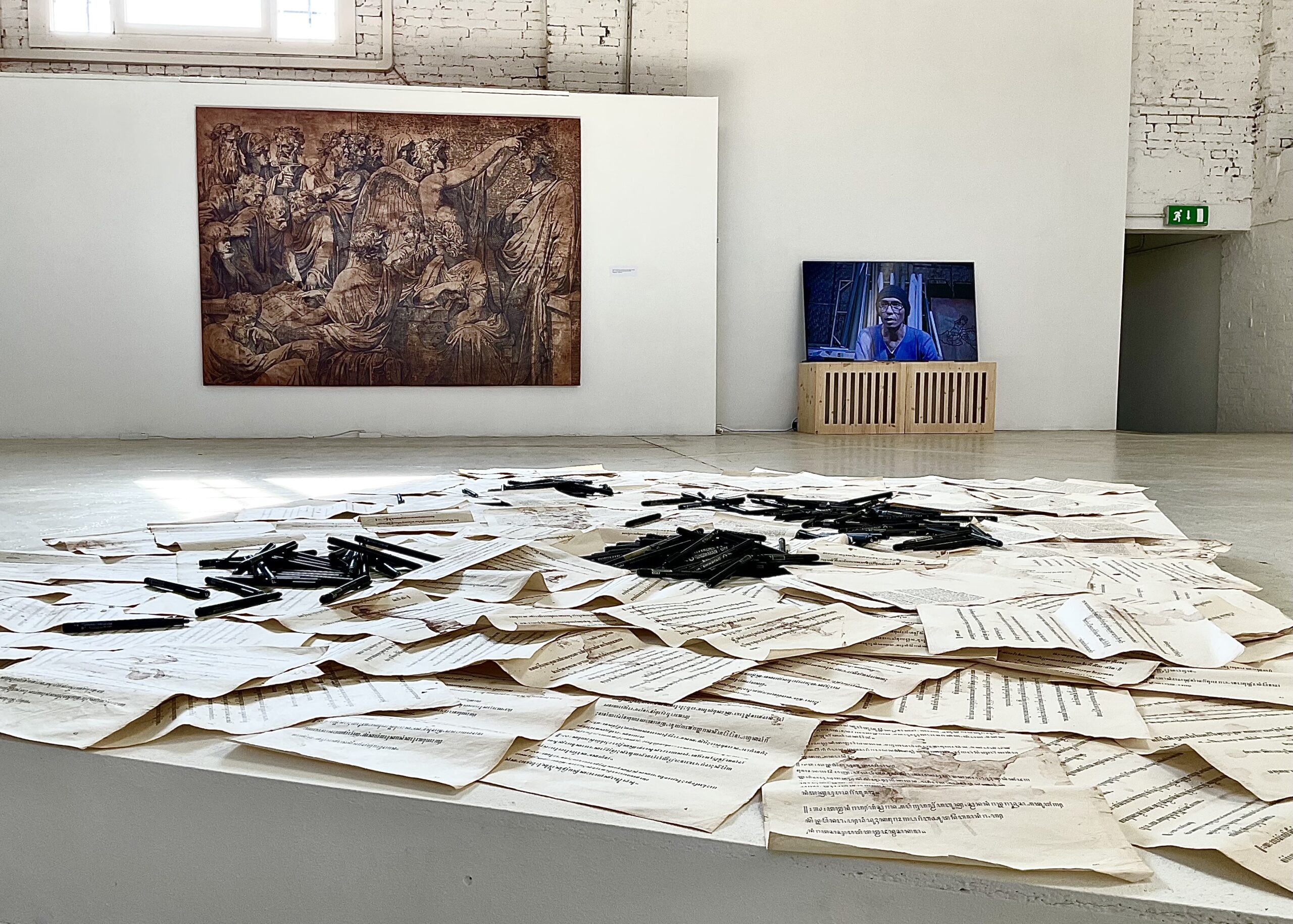
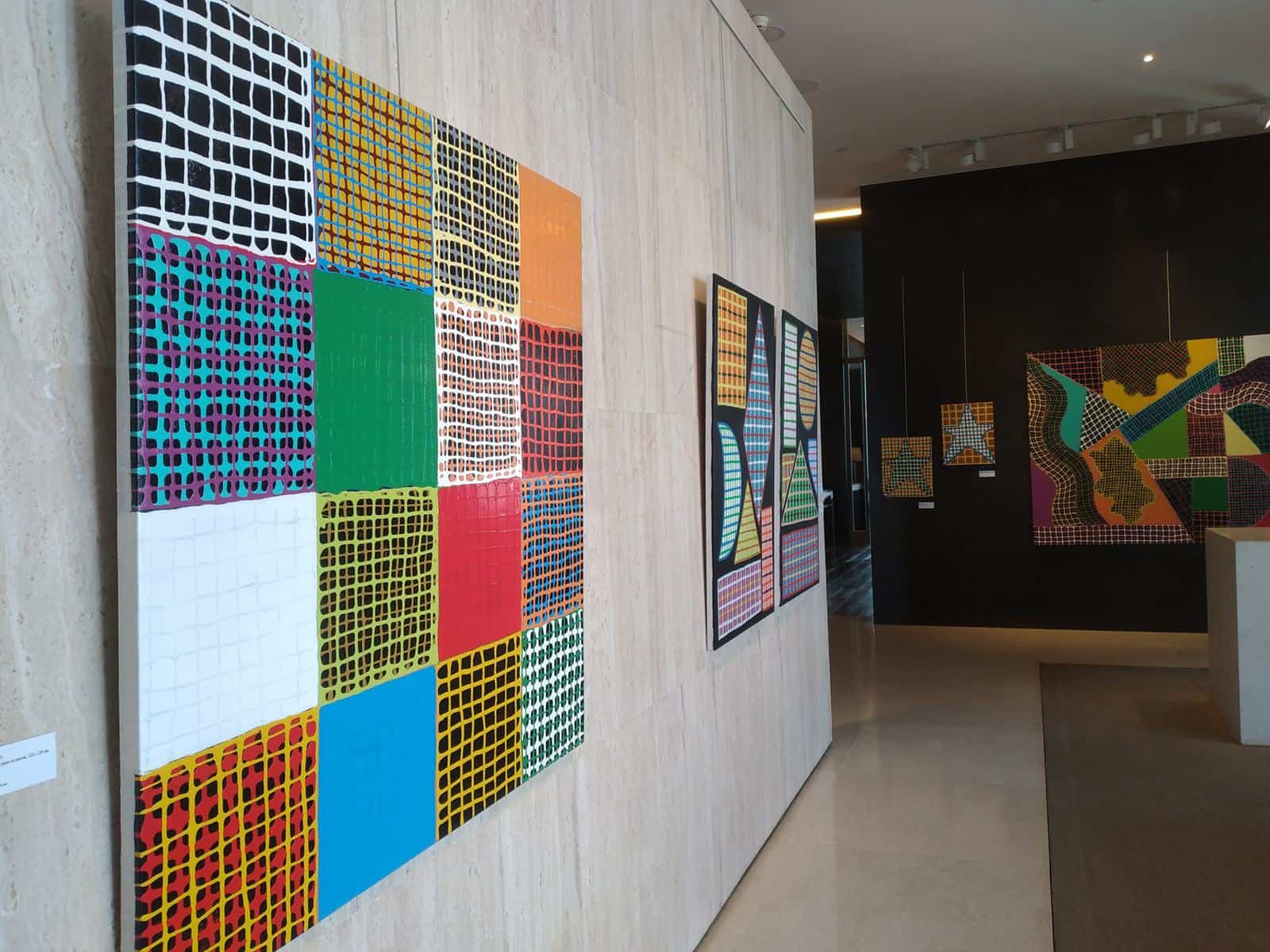
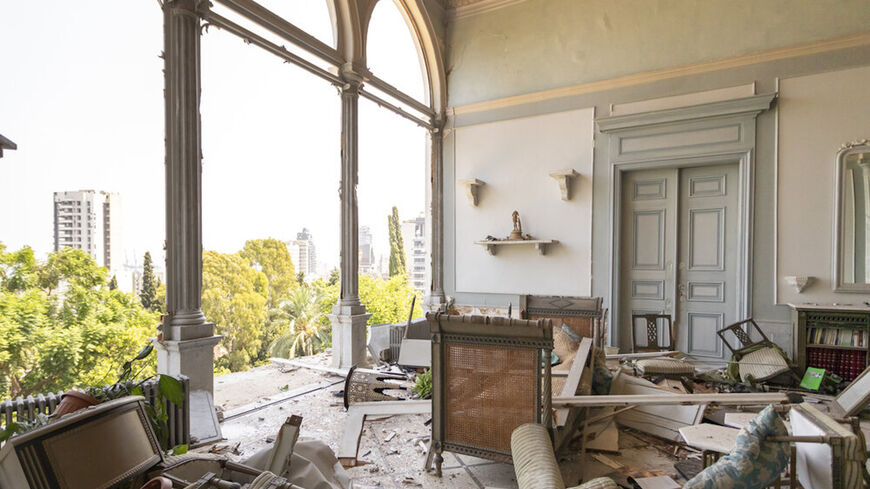



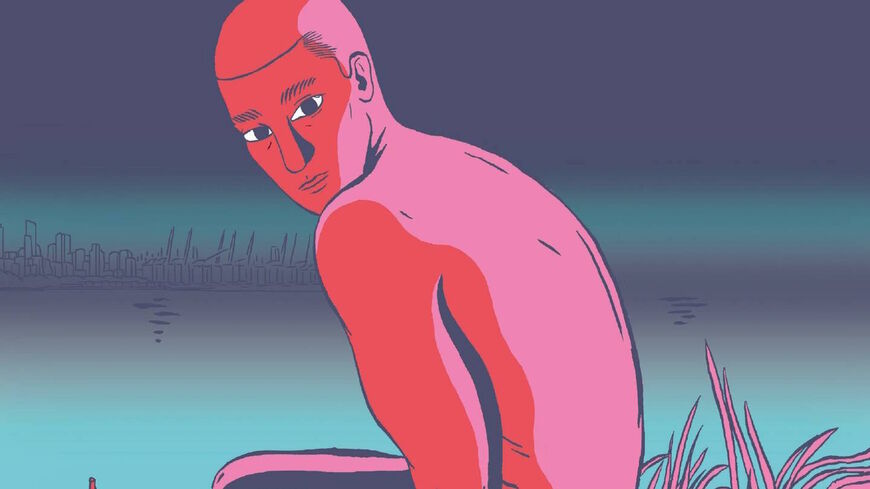
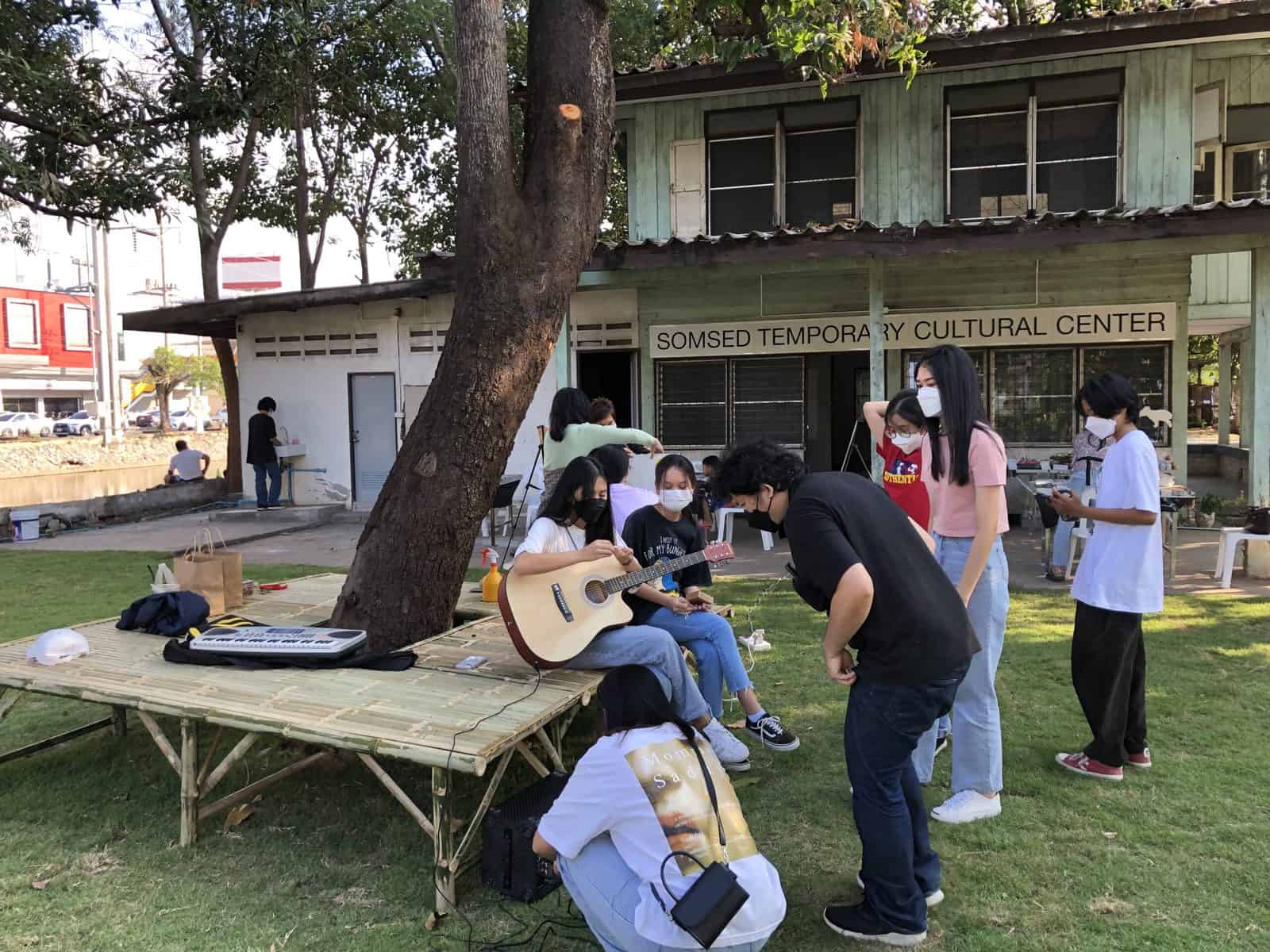
![Diana Al Hadid [Diego Flores]](https://i0.wp.com/www.middleeastmonitor.com/wp-content/uploads/2022/02/dania.jpg?resize=1199%2C800&quality=85&strip=all&zoom=1&ssl=1)




